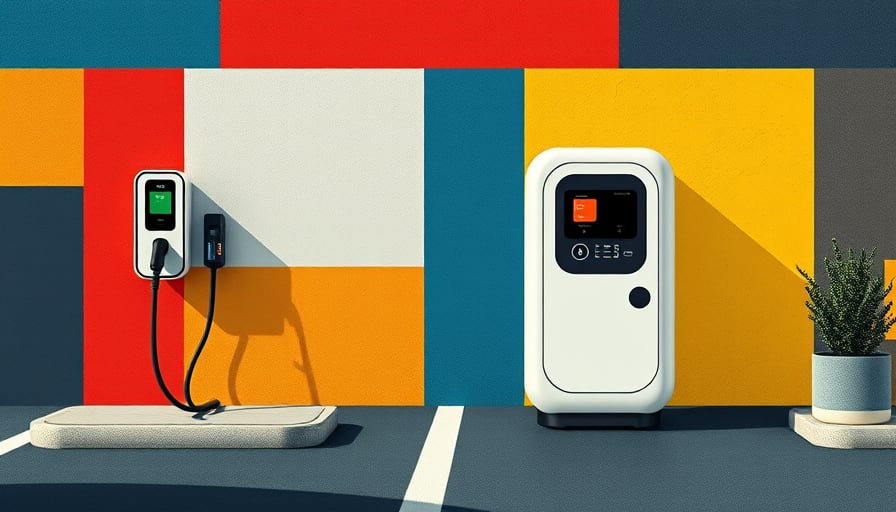Rivian Automotive’s Strategic Pivot Amid Market Volatility
Rivian Automotive Inc. (NASDAQ: RIVN) has been navigating a period of pronounced stock volatility while simultaneously accelerating a suite of strategic initiatives designed to cement its position in the electric‑vehicle (EV) market. The company’s share price, which closed at $13.41 on 14 Oct 2025, has seen a 17.29 % decline from its one‑month high, reflecting broader investor uncertainty. Nevertheless, the underlying operational narrative indicates a deliberate shift toward software dominance, expanded charging infrastructure, and a recalibrated production roadmap.
Software as a Competitive Lever
CEO RJ Scaringe’s recent remarks—“Big automakers will suffer if they don’t get better at software”—underscore Rivian’s conviction that software will be the decisive differentiator by the early 2030s. Scaringe’s comments came in the context of an industry still grappling with the integration of autonomous driving, over‑the‑air updates, and in‑vehicle experience. Rivian’s commitment to developing proprietary software is further evidenced by its announced collaboration with Electrify America and Ionna, aiming to streamline the charging experience for owners. This partnership, announced on 14 Oct 2025, is expected to provide real‑time charger availability and a proprietary Charging Score, thereby enhancing owner confidence and reducing range anxiety.
Production Realignment: R2 SUV Focus
Rivian’s production strategy has shifted significantly away from the R1 models toward the R2 SUV platform. Production figures for the R2 have been raised, while the R1 lineup is being quietly scaled back. This move aligns with market demand for SUVs over pickups and reflects an intent to maximize utilization of existing manufacturing assets. The decision to abandon the R2T pickup variant—announced on 15 Oct 2025—further signals a focus on the SUV segment, which is projected to yield higher margins and greater market penetration in North America and the United Kingdom.
Charging Infrastructure and OEM Partnerships
In addition to the Electrify America/Ionna collaboration, Rivian is expanding its plug‑and‑charge capabilities across two new networks, as reported by InsideEVs. The company’s owners will soon benefit from an integrated charging ecosystem that offers seamless authentication and real‑time network status. These moves are intended to position Rivian as a more convenient choice compared to traditional EV manufacturers, such as Ford, Chevrolet, and Mercedes, who have yet to match Rivian’s charging footprint.
Capital Structure and Market Position
With a market capitalization of approximately $16.22 billion, Rivian operates within the consumer discretionary sector on the Nasdaq. The firm’s recent stock performance—down 1.43 % year‑to‑date—mirrors the broader sector trend but does not diminish the strategic initiatives underway. The company’s financial fundamentals, including a 52‑week high of $17.15 and a low of $9.50, suggest that the current price trajectory reflects market sentiment rather than fundamental weakness.
Forward‑Looking Perspective
Rivian’s strategic pivot toward software, coupled with a sharpened production focus on the R2 SUV, positions the company to capitalize on emerging consumer preferences for integrated digital experiences and higher‑volume vehicle categories. The enhanced charging network and strategic partnerships are likely to reduce the total cost of ownership for buyers, thereby improving sales velocity. While the stock remains sensitive to macro‑economic factors and sector sentiment, the company’s internal recalibration signals a long‑term commitment to technological leadership and market differentiation.
In sum, Rivian’s recent announcements reveal a concerted effort to address both operational inefficiencies and competitive pressures. By reinforcing its software capabilities, reorienting production toward high‑margin SUVs, and expanding its charging ecosystem, Rivian is charting a course that could secure its place as a dominant player in the evolving electric‑vehicle landscape.
